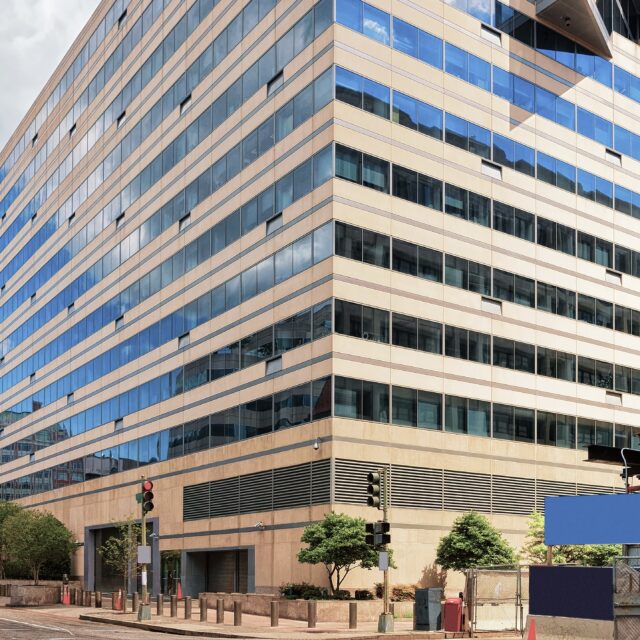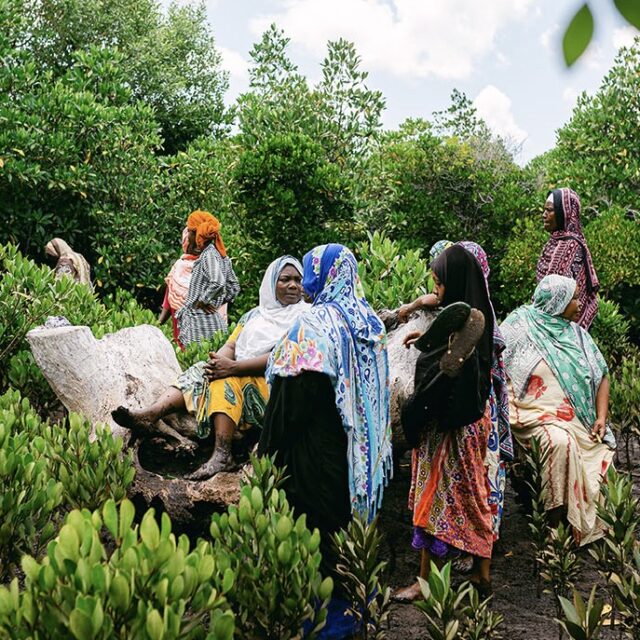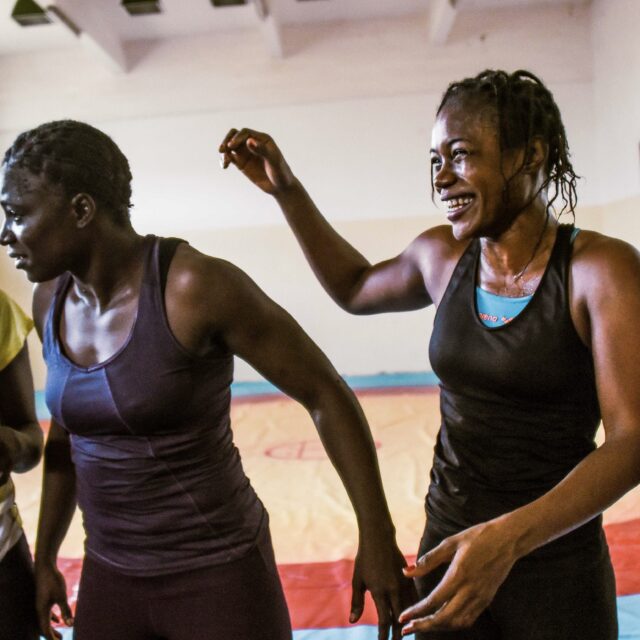
Princess Adeyeo is from Monrovia, Liberia and is HIV positive. But thanks to funding from the Global Fund she was able to give birth to a healthy HIV-free baby boy. Photo: Morgana Wingward
15 Instagram buy-outs; 384 Lionel Messis; 1 London Olympics; or 30 million iPads. These are just a few of the things you could have purchased if you had a spare $15 billion burning a hole in your pocket recently (and really, don’t we all?). But yesterday, the Global Fund added a big item to that list that’s much more compelling: the chance to help save lives and control AIDS, tuberculosis, and malaria in hundreds of countries around the world.
As donors meet today and tomorrow in Brussels, the Global Fund unveiled $15 billion as its “replenishment ask”—the amount it hopes to raise from interested stakeholders over the next three years to support its work. If you have followed this issue with us for a while, you will know that this is a process the Global Fund goes through every three years. In the last replenishment for 2011-2013, they succeeded in getting commitments totaling just under $12 billion, so this year’s replenishment will represent a big step up.
In a time of economic restraint in most donor countries around the world, coming up with $15 billion will require more than just digging under the couch cushions. It will require donors like the US to fight back against potential budget cuts, and maintain a leadership role in funding; President Obama’s 2014 budget out today, which includes a $1.65 billion request for the Global Fund, is a first key step.
It will require Europeans to step up their commitments, just as we asked of them in our World AIDS Day 2012 report. It will require new donors, both from Europe and from emerging economies, to invest for the first time. It will require African nations, whose citizens are some of the most heavily impacted by these diseases and whose economies are in some cases growing the fastest, to recommit to spending 15% of their national budgets on health.
It will require new partnerships with the private, faith, and NGO sectors. And it will absolutely require ONE members from around the world to use their voices, put pressure on each of these groups, and let them know that they will be celebrated and supported for doing the right thing.
The work will be hard. But if we can to find a way to get the Global Fund the $15 billion it needs, and if we can convince other actors to continue scaling up their other health investments, too, we can achieve some pretty historic things. In fact, the Global Fund estimates that if collectively we could help fill the majority of a global $87 million funding gap for the three diseases, the world could look quite different by 2016:
- More than 18 million people living with HIV could receive antiretroviral treatment by 2016
- 17 million TB patients could receive treatment, saving almost 6 million lives between 2014-2016.
- Millions of new cases of malaria would be prevented, saving approximately 196,000 additional lives each year than could be saved with current funding levels.
- More than 1 million new HIV infections could be prevented each year.
That’s a world so beautiful it would be worth Instagramming 15 times over.
Join us in the fight today by taking one minute to sign our petition to world leaders.


